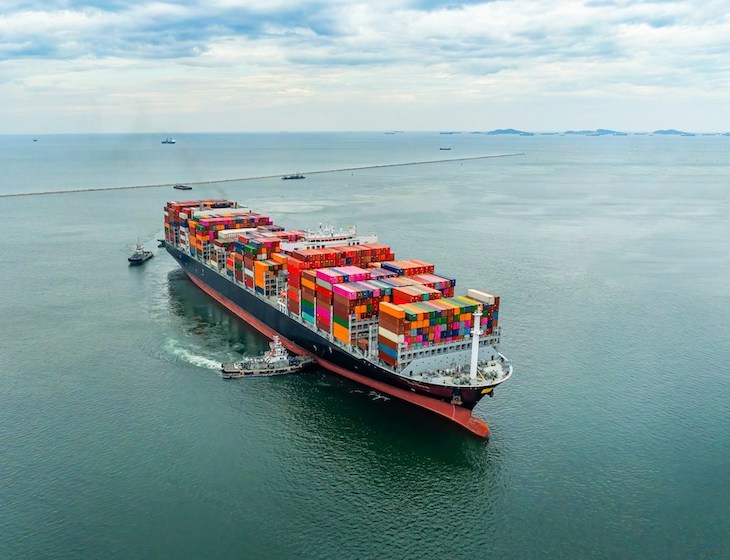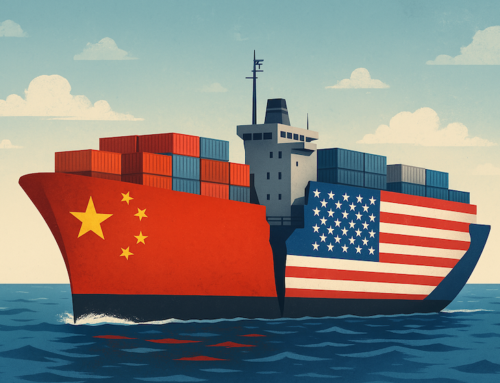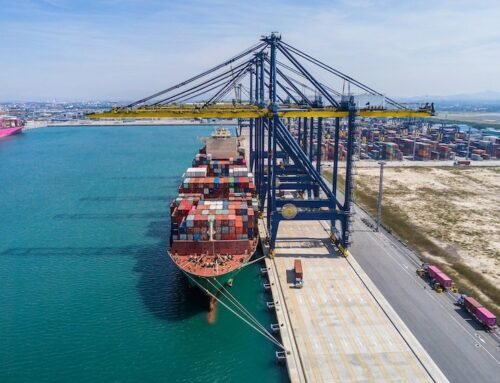As China gradually reopens after Chinese New Year, the shipping industry is experiencing some disruption as carriers adjust their schedules and service networks following the restructuring of global shipping alliances, while ongoing blank sailings continue to limit capacity.
With China reopening, we are seeing a steady return to activity. While cargo has continued to move as usual from South-East Asia and the Indian Subcontinent, shipments from China temporarily stopped due to factory closures and reduced customs and port operations. In the weeks leading up to the holiday, there was a moderate increase in volumes as businesses moved goods in advance, and now, as commerce resumes, demand is expected to remain stable.
At the same time, the market is experiencing some disruption as carriers adjust to the new global shipping alliance structures that took effect on February 1st. This, combined with ongoing blank sailings throughout February and into March to manage supply and demand, is leading to schedule changes and some delays in container movements. With capacity being continually adjusted, last-minute schedule changes may occur, but PFE remains committed to ensuring supply chains are impacted as little as possible.
Global Shipping Alliances Restructuring
The new global shipping alliance structures, effective from February 1st, are set to transform carrier operations. While some short-term disruptions are expected, the changes aim to enhance service frequency, improve connectivity, and provide more flexible shipping options.
Overall, this restructuring marks a positive shift for the industry, with the new partnerships working towards a more reliable, resilient, and interconnected global shipping network in the years ahead.
Find out more about the Alliances changes in 2025.
For a closer look at how shipping alliances have evolved, download our latest Alliances Progression Infographic.








